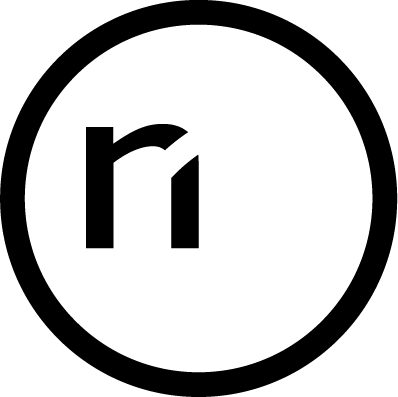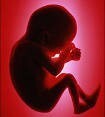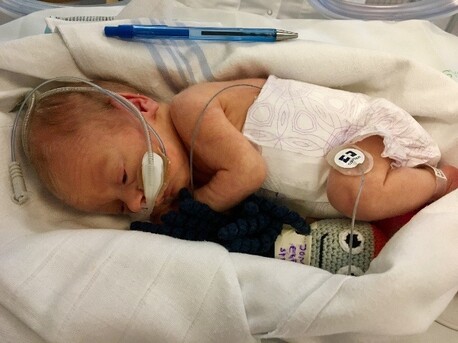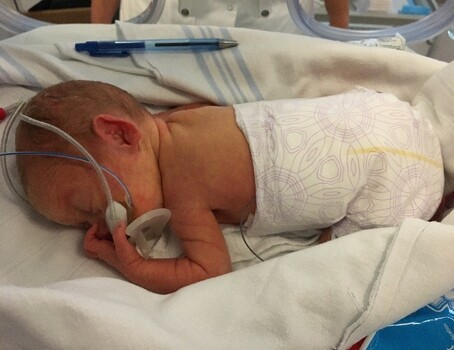Good advice on how to position your baby
This booklet contains advice and guidance on how best to situate and support your baby in different positions. Positioning is important to determine whether your baby is comfortable and sleeps well, and it helps to support and strengthen your baby's muscles, bones and joints.
When your baby is born early, they come from an environment where they have been enclosed in the womb in the foetal position. This position is optimal for your baby's development and therefore after birth, the aim is for your baby to be positioned in a way that resembles the time in the womb, with close support for the back, feet, body and head, both when it is lying skin-to-skin and in the cot/incubator. The most developmentally supportive place for your baby to be is with you as a parent – and preferably skin-to-skin.
It is important that your baby changes position at regular intervals, as your baby outside the womb is affected by gravity.
If your baby seems restless, has difficulty calming down and falling asleep, it may be that they want to lay differently or have moved out of position and need help to lie contained again and be tucked in safely and well.
As your baby becomes more mature and can handle more stimuli, it is important that the positioning equipment is adapted to your baby 's needs and gradually removed.
When your baby is approaching the time of discharge (THO – 'Early Home Stay' – or discharge), the baby must be placed on its back in accordance with the Danish Health Authority's recommendations for newborn babies.





